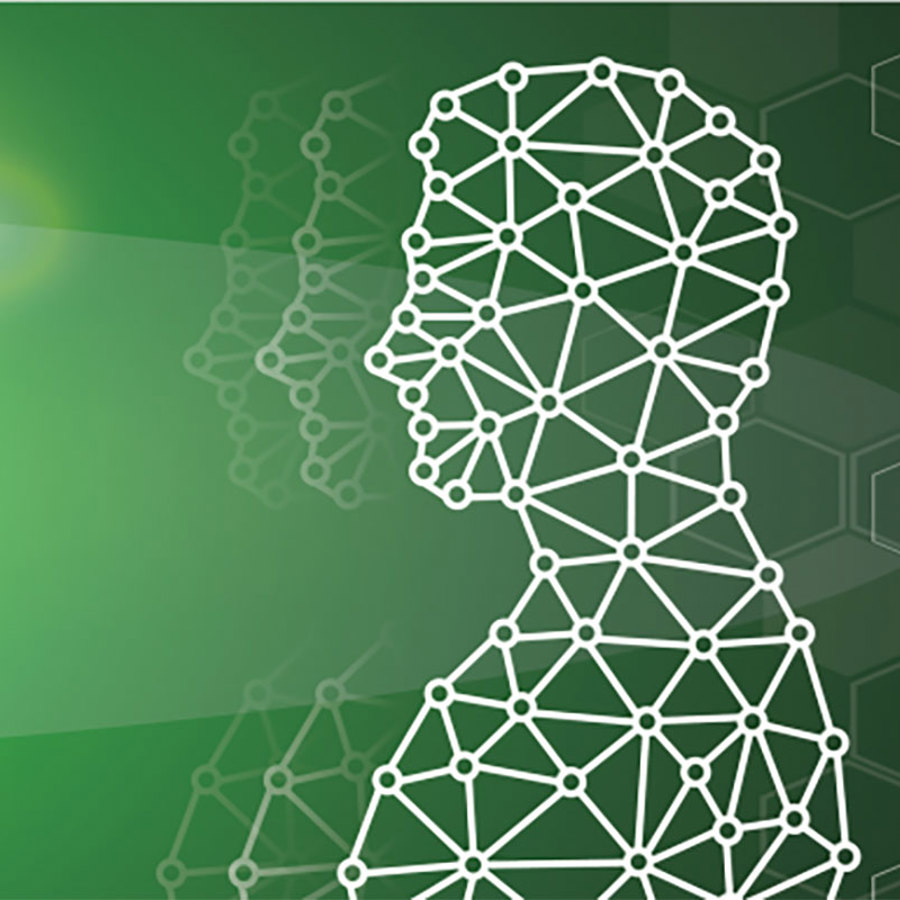
Why is it that human beings cannot be cloned?
August 22, 2012

A graduate student from Cameroon asks:
“Why is it that human beings cannot be cloned?”
That’s a very interesting question! After all, scientists were able to clone Dolly the sheep in 1996. So why haven’t we made human clones yet? Well, actually we have.
But not in the way that you think. What we’ve done is cloned humans part way to get the embryonic stem cells that may one day be used to cure various diseases.
What we haven’t done is cloned someone all the way to the baby stage. And the main reason we haven't is because there isn't an ethical way to do it just yet.
With a little tweaking, it should be possible to get this type of human cloning to work. But that tweaking will result in huge numbers of miscarriages, stillborn babies, babies with birth defects, and so on.
This fallout makes me queasy with animals. It is obviously unacceptable with people!
And even if we get it to work, it is still so tricky that it won’t work every time. Which means increased risk for more birth defects and so on.
As if this weren’t bad enough, even when it works, there are often problems. Clones seem to have issues with their health just because they are clones. Until we work out why, it would be unfair to create unhealthy clones.
No, for the foreseeable future we will not (and should not) clone people. The potential problems for the clones (and the surrogate moms) are just too great.
What I thought I’d do for the rest of the answer is focus a bit on how cloning works and why it is so tricky to do. Then I’ll end with a bit about some of the health problems animal clones have had to endure.
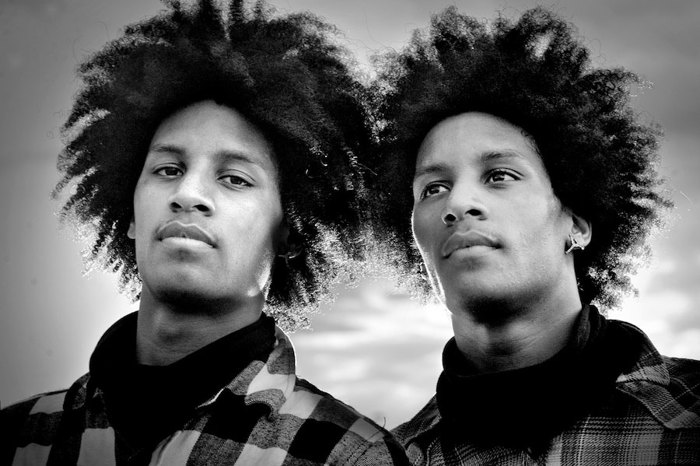
How cloning works
As you probably know, you are the result of a sperm fertilizing an egg. This fertilized egg then divided and divided with the end result being you.
Cloning works a little differently. To clone you, scientists would need to do the three things outlined below:
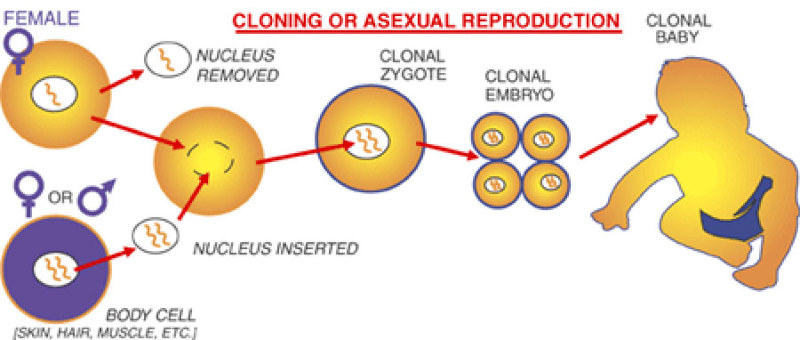
First they need to get a human egg and remove the DNA. Next they get one of your cells and take the DNA out. They then put your DNA into the egg and implant it into a surrogate mother. If all goes well, after nine months your clone will be born.
This works because your DNA has all the instructions for making you. So if we put your DNA into an egg, it will be instructed to grow into a copy of you.
Sounds easy enough, but it’s not. There are plenty of places where it can go wrong.
Cloning is a Hit or Miss Affair
Cloning is difficult and can fail at any step. Scientists take DNA out of cells that are so small that they can only be seen under a microscope.
It’s tricky to get the old DNA out and the new DNA in. The cell might be damaged when the nucleus is transferred. And when scientists finally do manage to get the new DNA into the cell, then the problems can really begin.
See, DNA does have all the instructions for making a living thing. But not every cell uses the same parts.
You don’t want the parts of the DNA needed to grow hair turned on in your eyeballs. And you don’t want the DNA for making a retina turned on in your colon.
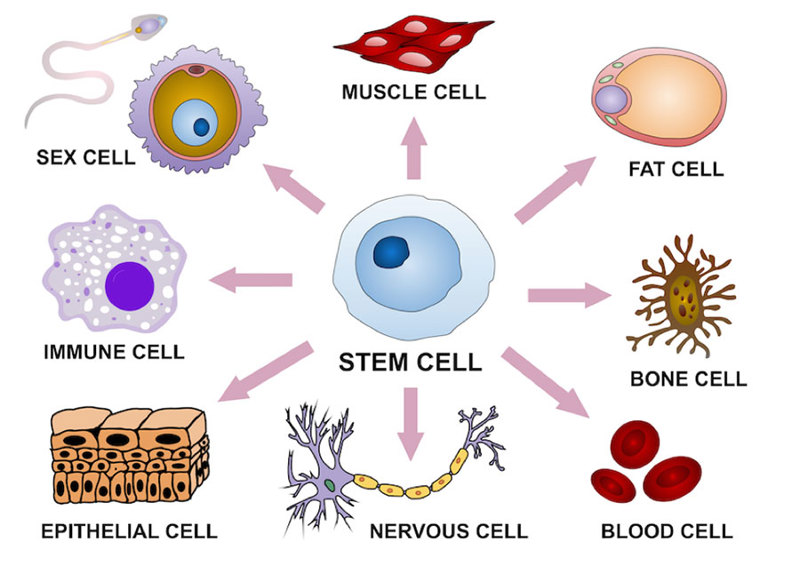
Cells turn off the DNA they don’t need in a variety of chemical ways. To clone something from a skin cell, you need to remove those chemical markings and maybe add a few more.
This is called reprogramming and is very tricky. So tricky that things often go wrong.
If the DNA isn’t reset properly, it ends up being read incorrectly, which leads to all sorts of mistakes. These mistakes cause miscarriages, spontaneous abortions, and birth defects.
And there are many other places where things can go wrong too. All of the steps in cloning are complicated which means it has a high failure rate.
Only a few percent of attempts are successful, meaning that scientists have to try many times to make a clone. In fact, Dolly was the only success out of 276 cloning attempts!
Each attempt is very hard work and takes a long time. It is unethical to expect a mother to go through many failed pregnancies (not to mention all the children with problems who would be born as well).
As if all of this wasn’t scary enough, even when everything goes “right” there can be problems. Clones tend to have health problems just because they are clones.
Health Problems in Clones
Even after a clone is born, it can still have problems. About 30% of clones are much bigger at birth than the original animal they came from.
This is mostly because they are born with bigger organs. This can lead to health problems like trouble breathing and circulating blood.
Even when this is not the case, their organs are often malformed. Unfortunately, scientists can’t predict when this will happen.
They also don’t know if cloning will affect mental development. It may be that the clone is born with severe mental problems.
We obviously don’t want to do this with people. It wouldn’t be fair to the clone or the people that raise him or her.
Cloned animals also have more problems later in life. Dolly died when she was only six years old, possibly due to health complications from being cloned. Cloned animals in general suffer from higher rates of disability and earlier death.
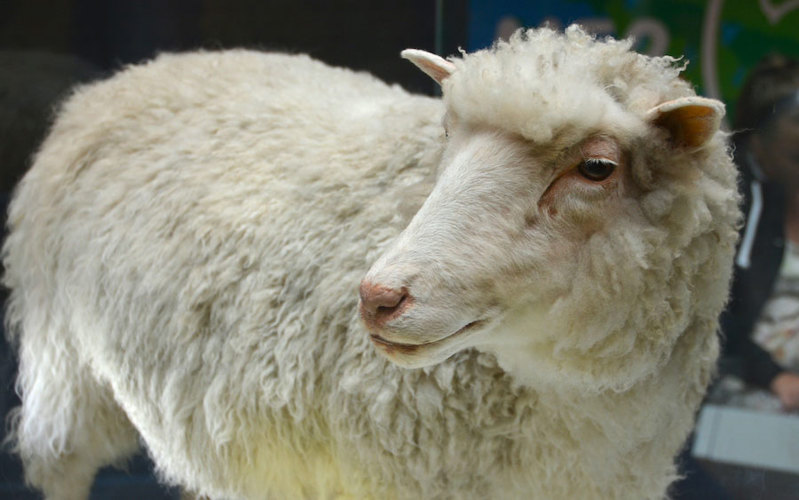
Scientists aren’t sure why clones have these problems but one possible explanation is that their DNA is less protected. See, every time a cell divides its DNA gets a little shorter at the ends. This is a natural part of the aging process.
When the cell’s DNA loses too much DNA at the end, the cell dies. This is why nature has provided us with protective caps at the ends of our DNA called telomeres.
Some clones start out with shortened telomeres since the DNA transferred to the cell has already divided countless times. We might expect these clones to live shorter lives.
But this isn’t always the case so shortened telomeres can’t be the whole explanation. Even when more work is done to figure out why clones have health problems, we still probably shouldn’t clone anyone. The other risks are simply too large.

Author: Alicia Martin
When this answer was published in 2012, Alicia was a Ph.D. candidate in the Department of Genetics, studying human ancestry and demographic history in Carlos Bustamante’s laboratory. She wrote this answer while participating in the Stanford at The Tech program.
 Skip Navigation
Skip Navigation
